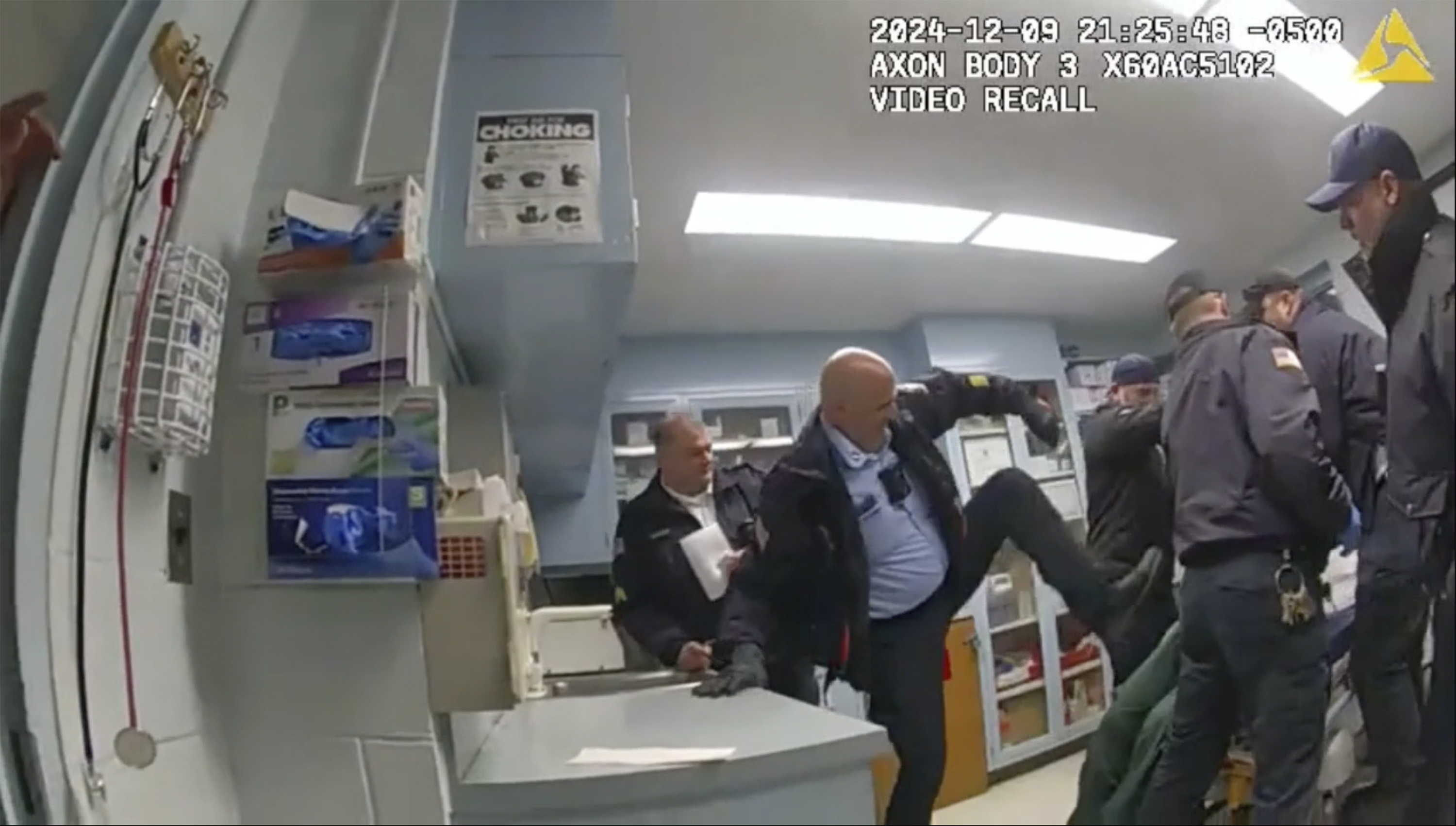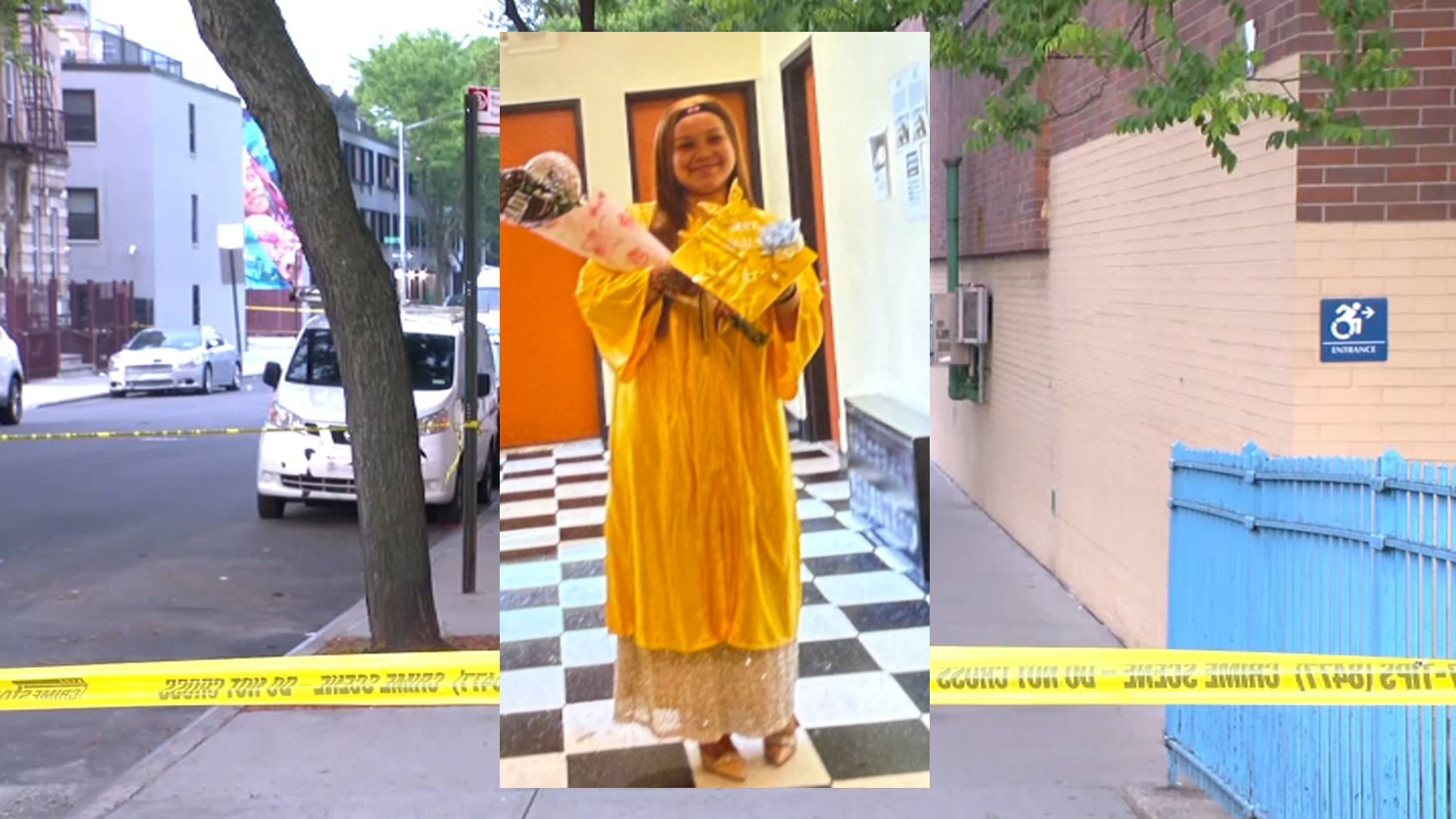NY Prison Guard Admits Manslaughter: Justice Served?
Justice Served? NY Prison Guard Admits Guilt in Inmate's Death
A Shocking Admission: The Marcy Correctional Facility Tragedy
The news is never easy when it involves the justice system failing those it's meant to protect. In a chilling development, Christopher Walrath, a 36-year-old correctional officer, has pleaded guilty to manslaughter in the death of Robert Brooks, an inmate at the Marcy Correctional Facility in upstate New York. But what does this guilty plea really mean? And is it truly justice for Brooks and his family?
The Brutal Beating Unveiled
Imagine the horror: on December 9th, Robert Brooks, handcuffed and defenseless, was subjected to a brutal beating by correctional officers, an act captured on their own body cameras. It's a stark reminder that power, when unchecked, can lead to unimaginable cruelty.
The Charges: From Murder to Manslaughter
Initially, Walrath was one of six guards charged with second-degree murder. However, in a turn of events, he pleaded guilty to first-degree manslaughter during a hearing at the state court in Utica. This plea bargain comes with a 15-year prison sentence. Is this enough? You be the judge.
Walrath's Confession: A Chilling Account
Under the scrutiny of Judge Robert Bauer and a prosecutor, Walrath confessed to the unspeakable. He admitted to beating Brooks, applying a chokehold, and striking his body and groin. To add insult to injury, he also admitted to lying to investigators about the incident. Doesn't that just make your blood boil?
A Somber Figure: Remorse or Strategy?
Reports depict Walrath as a somber figure, his hands clasped, answering questions with simple "yes" or "correct." But are these the actions of a truly remorseful individual, or a calculated strategy to mitigate the damage? We can only speculate.
The Silence Outside the Courtroom
Despite the gravity of the situation, Walrath and his attorney remained tight-lipped as they left the courthouse, Walrath remaining free on bail. The silence speaks volumes, doesn't it? What were they thinking? What will they say?
Body Cameras: A Double-Edged Sword
The fact that the beating was recorded on body cameras is significant. On one hand, it provided crucial evidence. On the other, it's horrifying to think that such brutality occurred while being recorded. It's a double-edged sword, shining a light on darkness, but also a stark reminder of the darkness that exists.
The Plea Deal: A Fair Compromise or a Letdown?
Plea deals are common in the legal system, but they often leave a bitter taste. Is 15 years enough for taking a life? It's a question that haunts many, especially Brooks' family and loved ones. It's a balancing act between justice and pragmatism.
Victim's Impact Statement
Undoubtedly, the victim's impact statement will be critical during sentencing. It offers the family a chance to express their pain, anger, and loss. It allows the court to understand the profound impact of Walrath's actions. Think of it as their chance to speak for Robert.
The Remaining Guards: What's Next?
Walrath's plea raises questions about the other five guards initially charged with second-degree murder. Will they follow suit and accept plea deals? Or will they stand trial and fight the charges? Their fates hang in the balance, just like Walrath's did.
The State of Corrections: A System in Crisis?
This case highlights the challenges within the correctional system. Are there systemic issues that contribute to such violence? Is there a need for better training, oversight, and accountability? It's a Pandora's Box of problems that needs to be addressed.
The Culture of Silence
One of the biggest obstacles to reform is the culture of silence that often exists within law enforcement and corrections. Officers are often hesitant to report misconduct by their colleagues, fearing retaliation or ostracism. Breaking this cycle is crucial.
The Need for Reform: Prevention is Key
Ultimately, preventing future tragedies like this requires comprehensive reform. This includes better screening of correctional officer candidates, enhanced training on de-escalation techniques, and independent oversight of correctional facilities. It's about creating a system that values human dignity and accountability.
De-escalation Training
One of the key areas for improvement is de-escalation training. Correctional officers need to be equipped with the skills and knowledge to handle difficult situations without resorting to violence. This requires a shift in mindset and a commitment to using force only as a last resort.
The Ripple Effect: Trust Eroded
Incidents like this erode public trust in the justice system. How can people have faith in a system that allows such brutality to occur? Rebuilding that trust requires transparency, accountability, and a commitment to justice for all. Think of it like a shattered mirror - putting it back together takes patience and skill, and it may never be the same.
A Call to Action: We Can Do Better
The death of Robert Brooks is a tragedy that should never have happened. It's a call to action for all of us to demand better from our justice system. We must hold those in power accountable and work towards creating a system that is fair, just, and compassionate. We must never forget Robert Brooks.
Conclusion: Justice Imperfect, But Necessary
Christopher Walrath's guilty plea is a step towards justice for Robert Brooks, but it's far from a complete resolution. While the 15-year sentence offers some measure of accountability, it doesn't erase the pain and loss suffered by Brooks' family. This case underscores the need for systemic reform within the correctional system to prevent future tragedies and ensure that those entrusted with power are held to the highest standards of conduct. The pursuit of justice, though often imperfect, remains a vital cornerstone of our society.
Frequently Asked Questions
- What exactly does a "manslaughter" charge entail? Manslaughter, unlike murder, generally involves the unlawful killing of another person without malice aforethought. First-degree manslaughter often includes intent to cause serious physical injury or reckless disregard for human life.
- Why was the charge reduced from murder to manslaughter? Plea bargains often involve reducing charges in exchange for a guilty plea. This can save the state the expense and uncertainty of a trial, and ensures a conviction. The specifics of this case are confidential but may include lack of evidence for malice aforethought.
- What happens to the other correctional officers involved? Their cases are still pending, and their outcomes will depend on the evidence presented and their willingness to negotiate plea deals. They could face trials or plead guilty to lesser charges.
- How does this case affect the public's perception of the correctional system? Unfortunately, events like these erode public trust. Transparency and accountability are essential for rebuilding confidence in the system.
- What can be done to prevent future incidents of brutality in prisons? Comprehensive reform is needed, including improved screening and training of correctional officers, independent oversight of correctional facilities, and a commitment to de-escalation techniques. Creating a culture of accountability is crucial.

